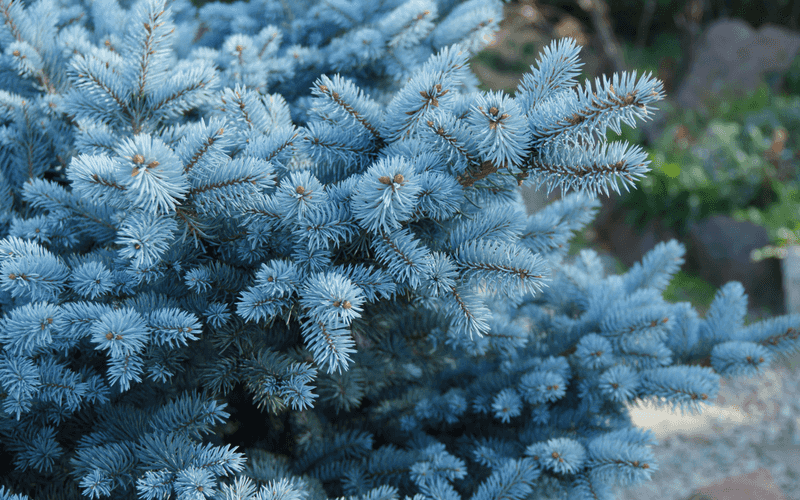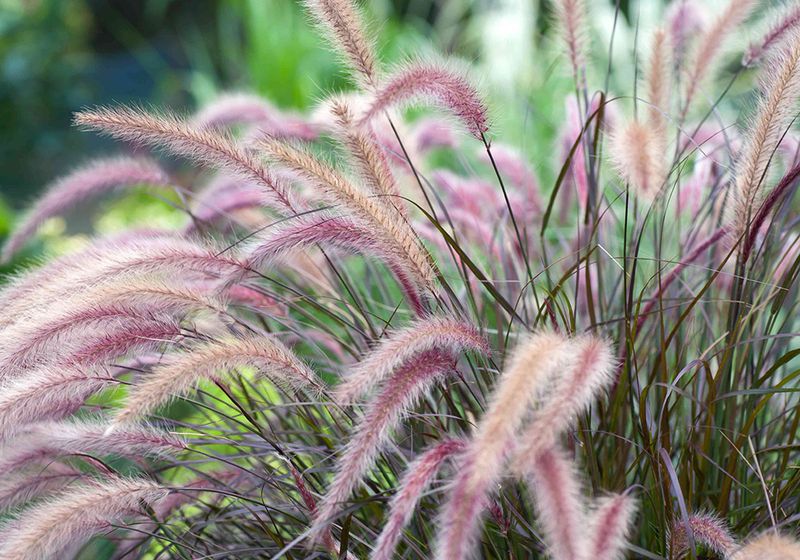Winter in Utah can hit hard, but some gardeners refuse to let their yards slip into a deep freeze. I’ve watched neighbors turn frosty mornings into a chance to show off plants that laugh in the face of cold. These frost-tolerant picks keep color popping and life buzzing even when the thermometer takes a nosedive.
With the right choices, a yard can stay lively long after the first frost settles in. These are the plants Utah gardeners lean on when winter tries to call the shots, keeping their landscapes bright while everything else goes quiet.
1. Wintercreeper Euonymus
Ground covers often disappear when cold weather hits, but Wintercreeper Euonymus thrives when other plants give up. This evergreen vine creates dense carpets of glossy leaves that stay vibrant green or show beautiful variegation throughout the coldest months.
Gardeners love how it spreads quickly to fill bare spots and prevent soil erosion on slopes. It handles Utah’s temperature swings like a champion, surviving down to negative 20 degrees Fahrenheit without breaking a sweat. Plant it along pathways or under trees where grass struggles to grow for year-round coverage.
2. Russian Sage
While most perennials turn to mush after the first freeze, Russian Sage stands proud with its silvery stems creating architectural interest against white snow. The dried flower spikes remain attractive all winter, offering texture that makes your garden look intentionally designed rather than forgotten.
This tough Mediterranean native actually prefers Utah’s dry climate and cold winters. Its aromatic foliage smells wonderful even in dormancy. Cut it back in early spring, and it’ll reward you with clouds of purple-blue flowers come summer while providing winter structure year after year.
3. Blue Spruce
Nothing says winter elegance quite like a Blue Spruce standing tall with snow-dusted branches. Colorado’s state tree feels right at home in Utah’s similar climate, keeping its stunning silvery-blue needles vibrant regardless of how low the mercury drops.
These evergreens grow slowly but surely, eventually becoming impressive focal points that anchor your landscape design. Birds flock to their dense branches for shelter during storms, bringing life and movement to your winter yard. Plant one as a living Christmas tree tradition, or use several to create a windbreak that protects your home from harsh winter winds.
4. Coral Bells (Heuchera)
Did you know some Coral Bells varieties keep their colorful foliage all winter long? Burgundy, purple, and bronze leaves peek through snow cover like natural jewels scattered across your garden beds. These low-growing perennials add unexpected pops of color when everything else looks drab.
Choose cold-hardy varieties specifically bred for harsh climates, and they’ll reward you with year-round interest. Their mounded foliage softens garden edges beautifully. Come spring, delicate flower spikes emerge as a bonus, but it’s really the winter leaf color that makes Utah gardeners fall in love with them.
5. Juniper Shrubs
Junipers practically invented winter toughness, making them absolute favorites for Utah landscaping. Varieties range from low ground covers to upright specimens, all keeping their blue-green or golden foliage looking fresh through the harshest conditions. They’re the workhorses of winter gardens.
Once established, these drought-tolerant shrubs need almost zero maintenance and laugh at freezing temperatures. Their textured foliage provides visual interest that photographs beautifully against snow. Use spreading varieties to cover large areas or choose columnar types to frame entryways and create vertical accents that remain stunning every single day of winter.
6. Ornamental Grasses
When ornamental grasses go dormant, they transform into living sculptures that dance with every winter breeze. Their golden tan plumes and dried blades catch snow and create movement in otherwise static winter landscapes. Varieties like Karl Foerster Feather Reed Grass stand upright through blizzards without flopping.
Leave them uncut until early spring so you can enjoy their architectural beauty all season. They provide crucial habitat for overwintering beneficial insects too. The rustling sound they make in winter wind adds a peaceful soundtrack to your yard that you’ll genuinely look forward to hearing.
7. Kinnikinnick (Bearberry)
Native to Utah’s mountains, Kinnikinnick knows exactly how to handle brutal winters. This evergreen ground cover hugs the ground with glossy leaves that sometimes turn burgundy in cold weather, creating a living tapestry that looks painted rather than planted.
Bright red berries appear in fall and persist through winter, providing food for wildlife and visual pops of color against the greenery. It grows slowly but spreads steadily, eventually forming dense mats that choke out weeds. Perfect for rock gardens or slopes where you want something beautiful that won’t require constant attention or winter protection.
8. Mugo Pine
Compact and tough as nails, Mugo Pines bring evergreen structure without overwhelming smaller yards. Their dense, rounded shape looks like nature sculpted them specifically for winter display, with dark green needles that stay rich and healthy no matter how cold it gets outside.
These slow-growing pines rarely need pruning and handle Utah’s clay soils better than many evergreens. They make excellent foundation plantings that frame your home beautifully year-round. Plant them in groups for maximum impact, or use single specimens as focal points in mixed borders where their solid presence anchors more delicate perennials.









